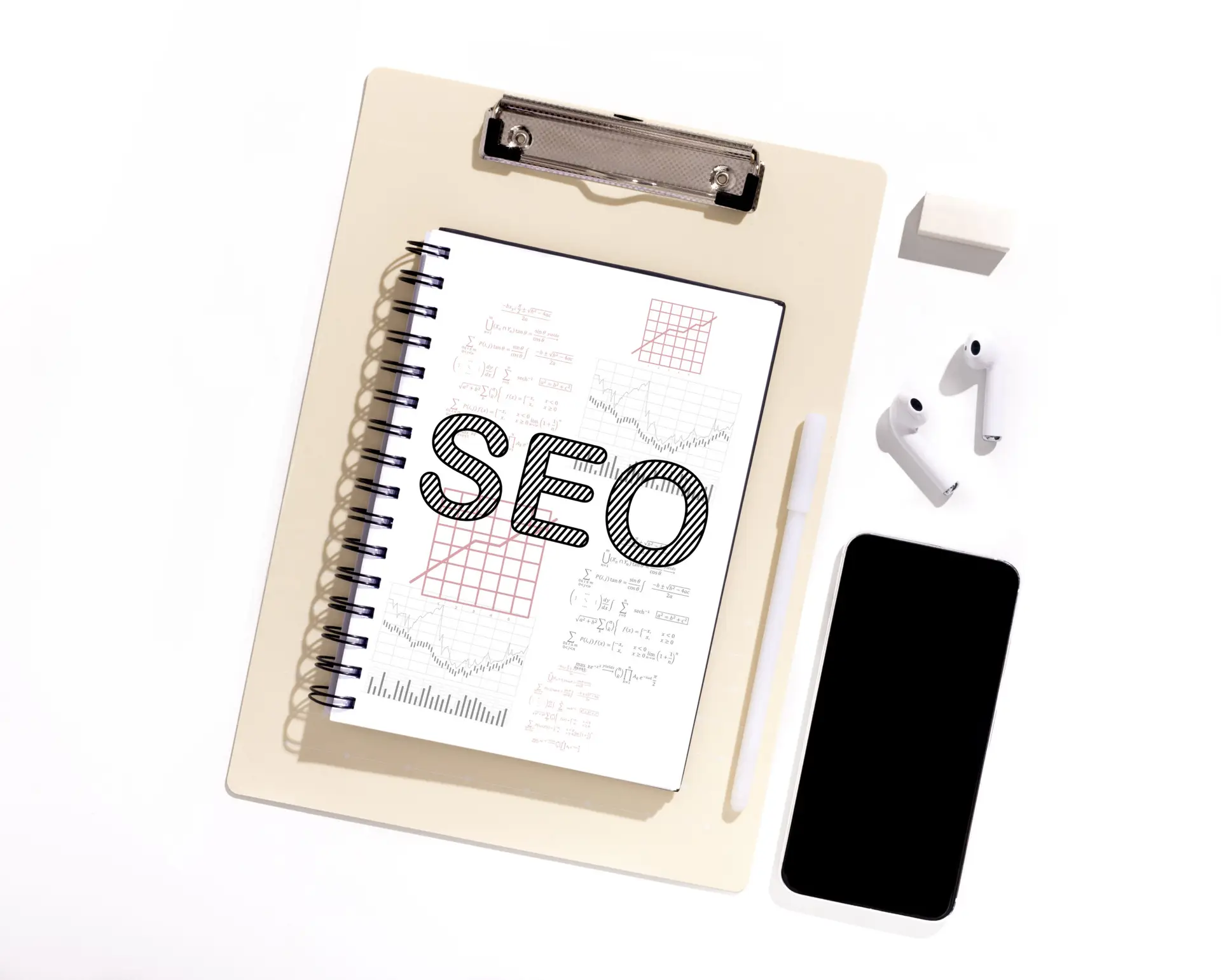SEO, that word that sounds super technical and makes many think it’s reserved for internet gurus. But the truth is, you don’t need to be a programmer or speak in binary code to get it.
If you want your website, blog, or business to appear on Google when people search for what you offer, you need SEO optimization. And no, it’s not just about stuffing keywords like cheap taco filler. It’s about using smart strategies so Google loves you and ranks you at the top.
1. KEYWORDS: HOW TO FIND THE ONES THAT WILL ACTUALLY DRIVE TRAFFIC
This is not about guessing or writing what you think people are searching for. It's about using real tools and data..
🔍 Where to find the best keywords:
✔ Google Trends (to see what's trending).
✔ Ubersuggest (it gives you ideas and search volume).
✔ Answer The Public (it tells you what questions people are asking).
✔ Google Autosuggest (type in the search bar and pay attention to what it suggests).
✔ ChatGPT (ask something like "Give me 10 keywords for a marketing blog").
💡 Real-life example:
If you have a skincare business and only use "moisturizers," you're missing out on traffic. Instead, use:
✅ Best moisturizer for oily skin.
✅ How to hydrate skin without making it oily.
✅ Skincare routine for dry skin
Think about how an average person would search for it, not a robot.
2. SEO ON-PAGE: Optimize your content so Google loves it.
Once you have the keywords, you need to use them wisely. But be careful: without sounding like a bot repeating the same thing over and over..
📌 Where to place keywords:
✔ In the title (H1)
✔ In the subtitles (H2, H3)
✔ In the first and last line of the text
✔ In the URL (yourdomain.com/keyword)
✔ In the description of the images (alt text)
✔ In the meta description (that text you see on Google before entering the webpage)
🚨 What you DON'T have to do:
Stuffing keywords without thought ("If you want a moisturizer, this moisturizer is the best moisturizer." ).
Escribir solo para Google y olvidarte de que los humanos leen tu contenido.
A well-optimized title example could be:
💡 "How to choose the best moisturizer for oily skin (Guide 2025)"

3. SEO Strategies That Work in 2025
It's not enough to just add keywords; there are other factors that Google takes into account to rank you higher:
🔥 1. Long and useful content:
Google loves articles with more than 1,000 words wich truly explains something in-depth.
🔥 2. Internal and external links:
Add links to other blog posts (internal SEO) and reliable sources (external SEO).
🔥 3. Page load speed:
If your website takes longer than 3 seconds to load, goodbye users (and Google will also lower your ranking).
🔥 4. Mobile first:
More than 70% of searches come from mobile devices. If your website doesn't look good on mobile, you're losing traffic.
🔥 5. Google My Business:
If you have a local business, create your profile on Google Business. It helps you appear on maps and local searches.
4. SEO Off-Page: What happens outside of your website also matters.
This is where the power of backlinks comes in (links from other websites pointing to yours). Google sees these links as votes of confidence.
💡 How to get quality backlinks:
✔ Guest blogging: Write on other blogs and include a link to your website.
✔ Create content that is so good that people will want to share it.
✔ Collaborate with influencers or experts in your industry.
If a big website links to you, Google views you more favorably. 😉
5. CONCLUSION: SEO WITHOUT STRESS AND WITH RESULTS
📌 Recapping:
✅ Find keywords with tools (not with assumptions).
✅ Use keywords naturally in the right places.
✅ Improve speed and mobile experience.
✅ Create useful and valuable content.
✅ Get backlinks from other sites to gain authority.
👉 Ready to rank on Google like a pro? Tell me in the comments what your biggest challenge with SEO is, and I'll lend a hand.




